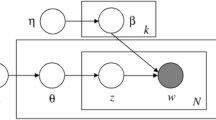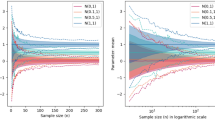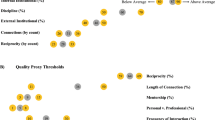Abstract
FREQUENTLY in scientific papers one finds the terms ‘insignificant’, ‘significant’ and ‘highly significant’ used in discussing the difference between control and experimental, with their ranges usually established by P = 0.05 and P = 0.01. Statistics text-books provide little or no guidance as to their proper usage because statisticians apparently disapprove of the convention. Yet the universality of the convention attests to the need for clearly defined, commonly accepted terms which properly weight the results of the experiment. The present convention is commonly accepted among non-statisticians, but, as will be shown here, is not clearly defined. Therefore an improved convention is proposed for the consideration of those who would benefit from it—the non-statisticians in research. Perhaps by improving the convention, it can be made more palatable to statisticians, as well as more useful to non-statisticians.
This is a preview of subscription content, access via your institution
Access options
Subscribe to this journal
Receive 51 print issues and online access
$199.00 per year
only $3.90 per issue
Buy this article
- Purchase on SpringerLink
- Instant access to full article PDF
Prices may be subject to local taxes which are calculated during checkout
Similar content being viewed by others
Author information
Authors and Affiliations
Rights and permissions
About this article
Cite this article
MILLER, D. ‘Significant’ and ‘Highly Significant’. Nature 210, 1190 (1966). https://doi.org/10.1038/2101190a0
Issue date:
DOI: https://doi.org/10.1038/2101190a0
This article is cited by
-
“Significant” and “Highly Significant”
Nature (1966)



